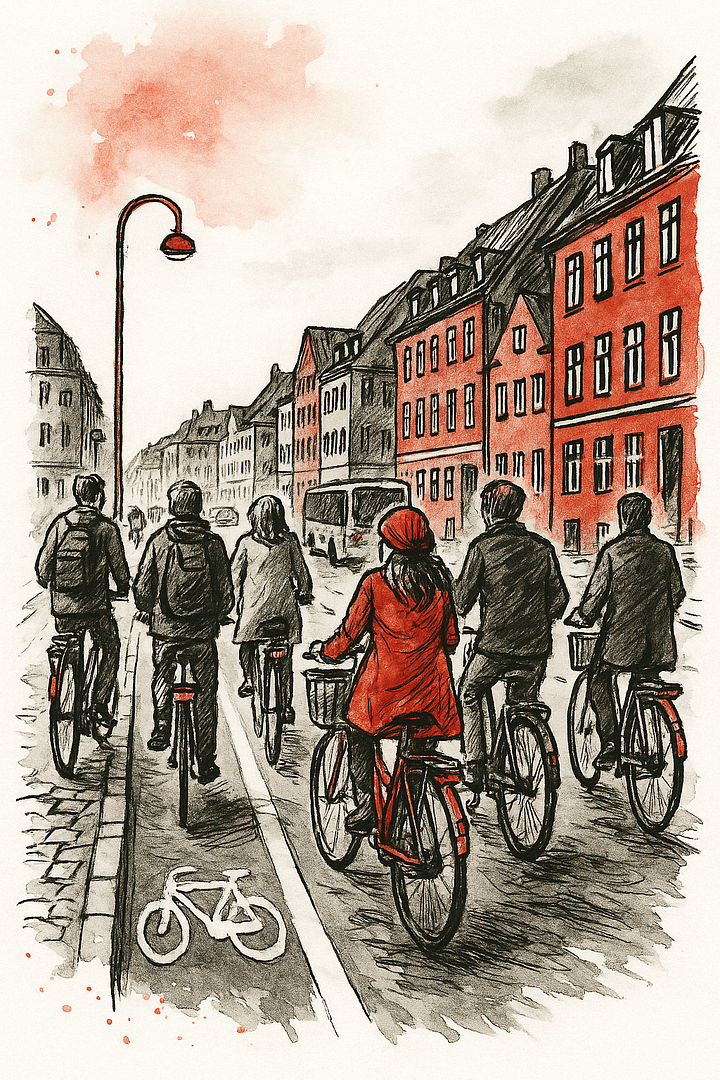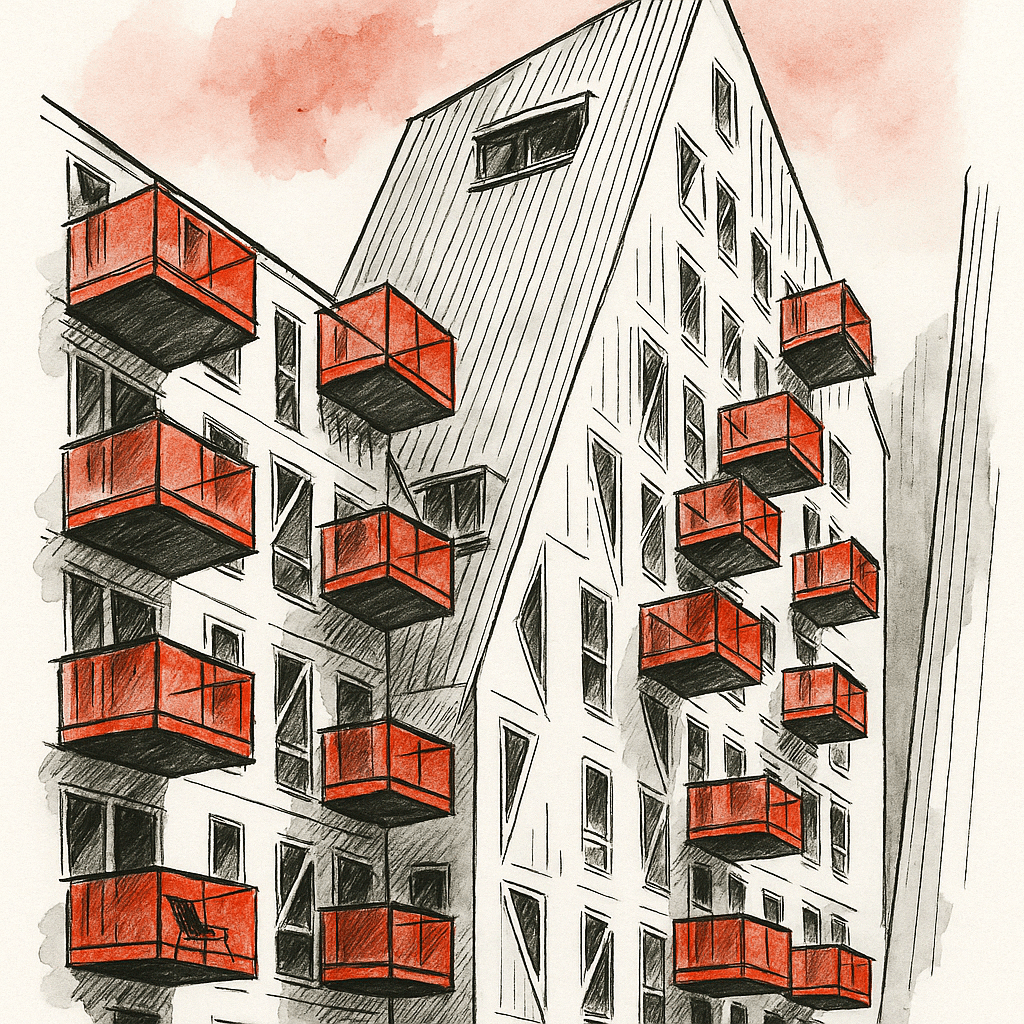Embracing Everyday Life in Denmark
Moving to Denmark offers an exciting opportunity to experience a balanced lifestyle, vibrant culture, and exceptional quality of life. Understanding how a typical day unfolds in Denmark can greatly ease your transition and help you integrate smoothly into Danish society. This guide outlines a typical daily routine, highlighting practical aspects and cultural nuances that you will encounter in everyday life.
Morning Routines in Denmark
Waking Up Danish-Style
A typical Danish day starts calmly, often reflecting the cherished concept of hygge. Mornings are usually unhurried, giving space to enjoy simple pleasures like a warm breakfast or a cozy moment with coffee.
Breakfast in Denmark
Breakfast often consists of rye bread (rugbrød) with cheese or cold cuts, cereals, yogurt, or pastries like the famous Danish pastry (wienerbrød).
Morning Commute
The Danish commute is typically efficient and environmentally friendly. Many Danes cycle, benefiting from extensive bike lanes, or use reliable public transportation such as buses, trains, and metros.
Useful Transport Apps:
- Rejseplanen – for planning your daily travel.
Daytime Activities and Responsibilities
Work-Life Balance
Work usually begins around 8:00-9:00 AM, ending by 4:00-5:00 PM. Danish workplaces emphasize efficiency and balance, encouraging productivity within a typical 37-hour workweek.
| Work Aspect | Typical Details |
|---|---|
| Working Hours | Approx. 8 AM – 4 PM |
| Lunch Break | Typically 30-60 minutes |
| Workplace Environment | Collaborative, informal, and open |
Education and Schooling
Children and students start school between 8:00-9:00 AM. Danish schools are renowned for their inclusive approach, encouraging critical thinking and creativity.
Popular International Schools:
Lunchtime in Denmark
Traditional Danish Lunch
Lunch often includes open-faced sandwiches (smørrebrød), consisting of rye bread topped with meats, fish, vegetables, and spreads.
Socializing at Work or School
Lunch breaks provide opportunities to socialize and build relationships, reflecting Denmark’s communal and inclusive culture.
Afternoon Activities
Leisure and Outdoor Activities
After work or school, Danes commonly engage in leisure activities like cycling, walking in parks, sports, or attending local events and cultural festivals.
Shopping and Groceries
Afternoons are ideal for grocery shopping. Popular supermarket chains include Netto, Føtex, and Irma.
| Expense | Monthly Average Cost (DKK) |
|---|---|
| Groceries | 2,000-3,000 |
| Public Transportation | 500-1,000 |
Evening in Denmark
Family Time and Dinner
Danish dinners often consist of hearty meals featuring meat, potatoes, vegetables, or international cuisine, enjoyed around a shared table, fostering family bonding.
Evening Leisure
Evenings typically revolve around relaxation, attending social gatherings, sports clubs, or enjoying quiet time at home. Danish TV series and hygge-style socializing are popular.
Nighttime Routines
Unwinding Danish-Style
Evenings end with relaxation and preparation for the following day. Reading, streaming Danish TV series, or socializing with family and friends are typical ways to unwind.
Restful Sleep
Danes highly value good rest and typically maintain consistent sleep routines, reflecting the emphasis on balanced and healthy living.
Integrating Successfully into Danish Daily Life
Language and Social Integration
Learning Danish can significantly enhance your daily experiences and interactions. Enroll in municipal language courses or use online platforms.
Language Resources:
Building Community Connections
Participate in local clubs, sports groups, or international communities to build lasting friendships and fully embrace Danish daily life.
Community Resources:
Conclusion: Fully Embracing Your Life in Denmark
Adjusting to everyday life in Denmark involves appreciating its unique cultural aspects, practical daily routines, and vibrant community spirit. By following this day-to-day guide, you will confidently navigate Danish life, finding joy and fulfillment in your new home.






